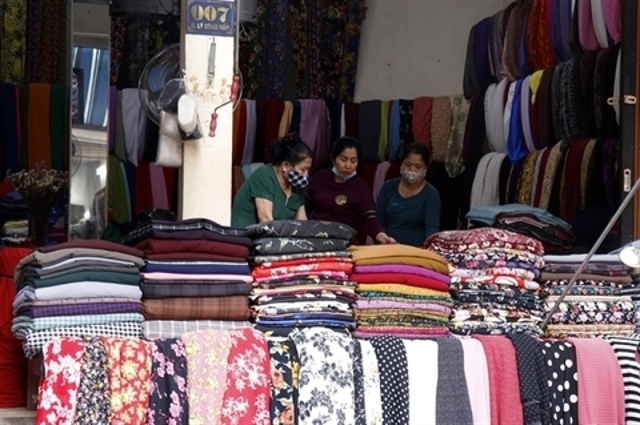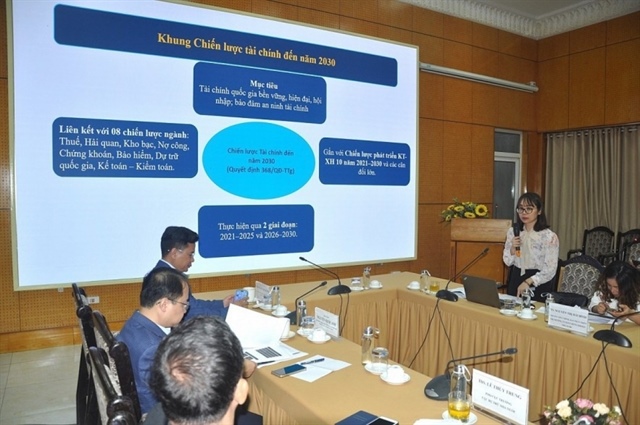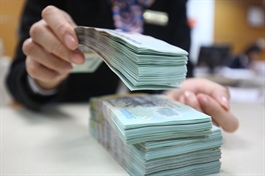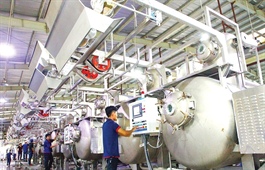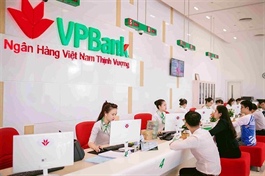Resuming banking reform to shore up capital buffers
Resuming banking reform to shore up capital buffers
Vietnam is on its way to building a healthy banking system, and 2021 is deemed as a crucial year for timely debt collection. Yun Liu, economist at HSBC, looks through the lens at some of the most important indicators in Vietnam’s banking sector and offers some views regarding non-performing loans.

Yun Liu, economist at HSBC
|
It is widely acknowledged that Vietnam has weathered the COVID-19 pandemic relatively well. Along with mainland China and Taiwan, it was one of the only three Asian economies that registered positive growth in 2020, of 2.91 per cent. Thanks to its sharply-improved external metrics, it is also in a much stronger position to guard against shocks compared to previous crises. That said, lingering banking issues remain a source of vulnerability.
Although there is a lack of timely available data, we have used balance sheets in the latest financial statements and annual reports of the “big four” state-owned banks (Vietcombank, BIDV, Vietinbank, and Agribank) – also the four largest lenders in Vietnam – to dissect the key data. Since they account for half of total loans, we believe they are good indicators of the overall health of the banking sector.
Firstly, the sharp rise in riskier consumer lending, along with elevated household debt, remains a big concern. Loans to households rose substantially from 28 per cent of total “big four” loans in 2013 to 46 per cent in 2020, which translated into rapid growth in household debt from 25 per cent of GDP to 61 per cent in the same period. Growth in household debt moderated significantly in 2020, but the level remains elevated.
In per-labour-force terms, consumer debt even jumped from 41 per cent of income in 2013 to more than 100 per cent in 2020. As no detailed breakdown is available, we acknowledge the limitation that our estimate for household debt is broad, as it includes personal loans used for business purposes.
Based on the latest International Monetary Fund Article IV Consultation, over 50 per cent of household debt was for individual businesses and 25 per cent for mortgages in 2019. Assuming the same case for 2020, consumer lending would account for roughly 50 per cent of income per labour force, still a high ratio for an emerging market like Vietnam. Elevated consumer leverage could drag down future consumer spending, especially as labour market conditions have been severely impacted by the pandemic.
Although Vietnam’s economy is in a more robust shape than regional peers, its labour market weakness remains a concern for the recovery of domestic demand. On the surface, unemployment metrics look decent, with the unemployment rate falling to 2.4 per cent in the first quarter of this year, from its peak of 2.7 per cent in the second quarter of 2020. However, employment was still below the pre-pandemic level, while wages fell for the first time in recent years.
A detailed breakdown of the job data by sector is only available up to the second quarter of 2020, but it is fair to assume workers in traditional manufacturing and tourism-related services have continued to suffer. Indeed, Vietnam’s Tourism Advisory Board estimates that almost 40 per cent of employees in tourism have remained idle.
Moreover, a large chunk of Vietnam’s labour market is still concentrated in the informal sector, which may not be captured in formal employment statistics. This is particularly the case in sectors like furniture manufacturing, restaurant services, and entertainment, where workers have very little social safety net. Thus, even though Vietnam’s fiscal support is constrained by its elevated public debt-to-GDP, some targeted fiscal stimulus for vulnerable households and workers is needed.
And even more urgently, the spending of support disbursements, such as cash transfers and tax deferrals for household businesses, needs to be accelerated, which would in turn support a rapid recovery in private consumption.
In terms of loan maturity, short-term debt (below one year) dominates with almost a 60 per cent share in the “big four” state-owned banks in 2020, suggesting 2021 is a crucial year for timely debt collection. Debt quality looks relatively healthy with 97 per cent being “current” debt and just 1 per cent classified as “loss”.
This is largely consistent with on- balance-sheet non-performing loans (NPLs), which only edged up slightly from 1.6 per cent in the fourth quarter of 2019 to 2.1 per cent in 2020’s third quarter.
What about credit allocation in each sector? Although each bank has a different breakdown of loans by industry, manufacturing, and wholesale/retail stand out, which bodes well for Vietnam’s bright prospects in industrial production. Indeed, the authorities have been consistently calling for credit channelling into productive sectors, and credit to industry and trade still grew by over 10 per cent on-year in 2020.
Vietnam needs to resume banking reforms which have been partly disrupted by the pandemic. Looking through the lens of the most important indicator capital-adequacy ratios (CARs), Vietnam lags behind regional peers as it is the only ASEAN country that has not fully met the Basel II minimum standard of 8 per cent. In particular, CARs remain low at some state-owned banks.
Thus, Vietnam needs to progress its recapitalisation plans and accelerate its adoption of Basel II requirements, which has been delayed to early 2023. While robust economic growth may prevent a sharp deterioration in the health of banking, we believe it is time for the sector to restore reforms and build strong capital buffers against potential risks.



